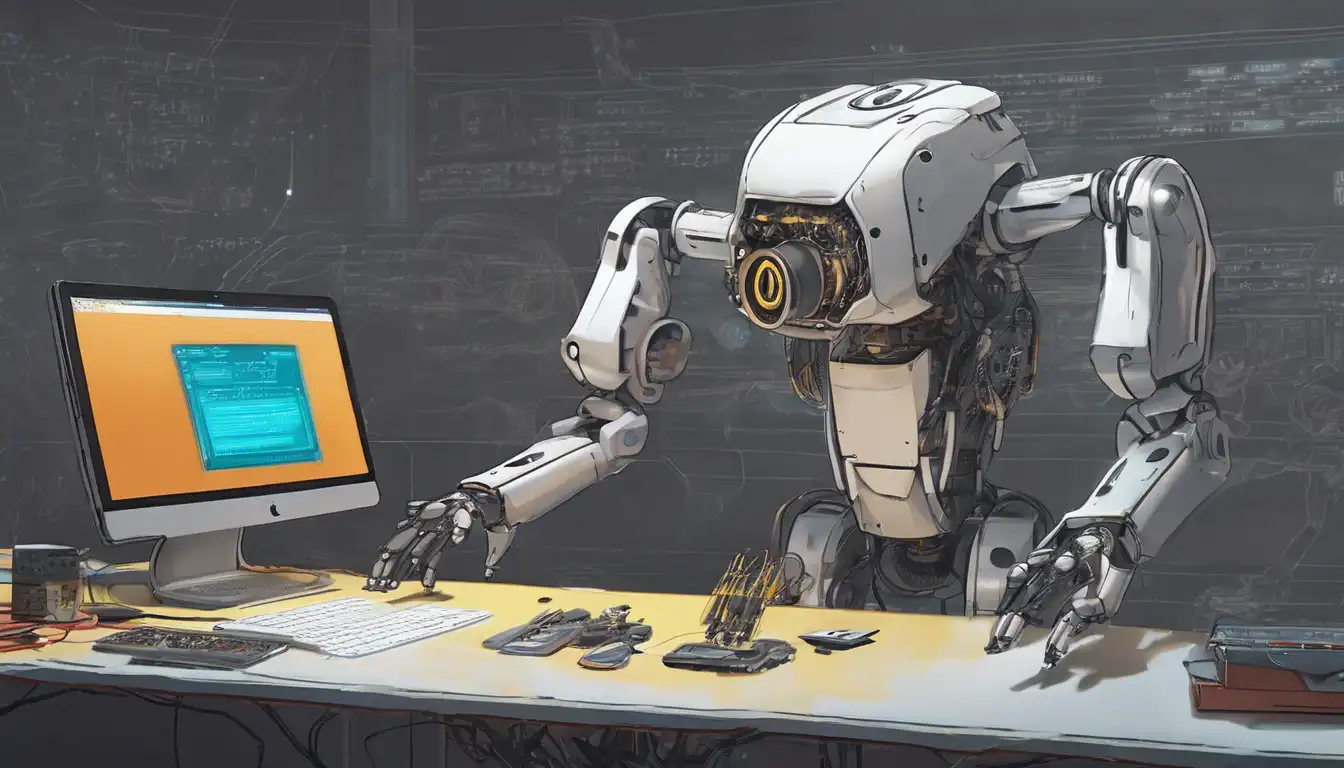Introduction to Robotics Programming
Robotics programming is an exciting field that combines the creativity of design with the precision of programming. Whether you're a hobbyist looking to build your first robot or a professional aiming to automate tasks, understanding the basics of robotics programming is essential. This guide will walk you through the foundational steps to get started in robotics programming, from selecting the right tools to writing your first lines of code.
Choosing the Right Robotics Kit
Before diving into programming, it's important to select a robotics kit that matches your skill level and interests. For beginners, kits like LEGO Mindstorms or Arduino Starter Kits offer a great introduction to robotics with user-friendly interfaces and extensive community support.
Understanding the Basics of Robotics Programming
Robotics programming involves writing code that controls the physical actions of a robot. This can range from simple movements to complex decision-making processes. Key concepts include sensor input, motor control, and feedback loops. Languages such as Python, C++, and ROS (Robot Operating System) are commonly used in robotics programming.
Setting Up Your Development Environment
To start programming your robot, you'll need to set up a development environment. This includes installing the necessary software, such as the Arduino IDE for Arduino-based projects or PyCharm for Python programming. Ensure your computer is compatible with the software and that you have all the required drivers installed.
Writing Your First Robotics Program
Begin with a simple project, such as making an LED blink or a motor turn. This will help you understand the basics of writing and uploading code to your robot. Use online tutorials and forums for guidance, and don't be afraid to experiment with different codes to see how they affect your robot's behavior.
Exploring Advanced Robotics Programming
Once you're comfortable with the basics, you can explore more advanced topics like artificial intelligence (AI) and machine learning (ML) in robotics. These technologies enable robots to perform complex tasks, such as object recognition and autonomous navigation. Resources like AI for Robotics can provide valuable insights into these advanced areas.
Joining the Robotics Community
One of the best ways to learn and grow in robotics programming is by joining the robotics community. Participate in forums, attend workshops, and collaborate on projects. Communities like Robotics Stack Exchange offer a platform to ask questions, share knowledge, and connect with other robotics enthusiasts.
Conclusion
Robotics programming is a rewarding skill that opens up a world of possibilities. By starting with the right kit, mastering the basics, and engaging with the community, you'll be well on your way to creating innovative robotic solutions. Remember, the key to success in robotics programming is patience, practice, and continuous learning.
